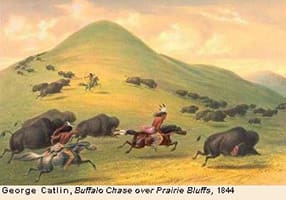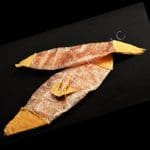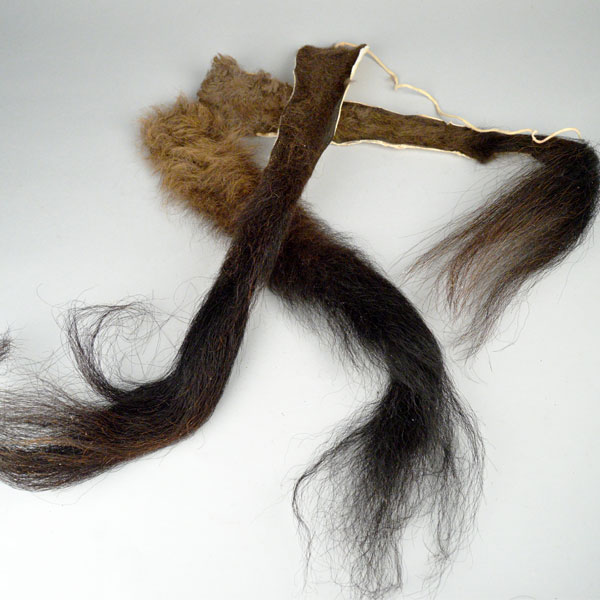
Native Americans and Buffalo
Native Americans and Buffalo have a long history together. Buffalo, or the American Bison, has played an essential role in the survival and culture of the Native Americans who lived in the Plains region of what is now the United States, and parts of southern Canada. Buffalo once roamed the Plains in innumerable herds until the middle of the 19th century. Incursions by white settlers and the arrival of the railroad severely depleted the number of Buffalo living on the Plains. Native Americans use of every part of a Buffalo for food, clothing, tools, fuel and utensils.
Buffalo as Food
It goes without saying that Buffalo meat is an important part of Native Americans’ diet. Historically, they ate the meat raw, roasted and boiled. They preferred the ‘hump’ or shoulder meat, the tenderloin and the tongue.
To use up extra meat, they cut it into thin strips. Afterwards, they dried it and smoked it. They took some of this prepared meat and pounded it and mixed it with fat and dried fruit to make pemmican. This food staple lasted in storage for long periods and was convenient to carry.
Buffalo for Clothing and Utensils
Native Americans prize Buffalo Hides for many reasons. Natives use hides with the hair on for robes, bedding, and rugs. They process the hides and remove the hair to make leather for clothing, bags, arrow quivers, teepee covers and other items. They use rawhide to make moccasin soles, knife sheaths, and parfleches (flat storage containers).
People clean Buffalo horns and cut them to make rattles, spoons and cups. They cut and spin Buffalo hair into cordage that they weave into ropes, belts and other items. They save and dry the tendons from the back and the legs. When needed, they soak this sinew and pound it to separate the fibers. They use the sinew as sewing thread. They also twist it into bowstrings and ropes.
Buffalo Parts for Containers and Tools
The internal parts of the Buffalo are also important. Native Americans saved the fat for cooking and making pemmican. They historically ate the intestines raw or cooked. They also used them to make waterproof containers. Buffalo bladders are also used to make containers. Women sometimes keep their porcupine quills in Buffalo bladder bags.
People make tools, beads and pendants from the bones of the Buffalo. Needles, awls, and hoes were common implements made from Buffalo bones.
Even the Buffalo droppings have value to nomadic tribes of the Plains. Well dried ‘buffalo chips’ make an excellent fuel, burning with very little smoke.
Buffalo Today
Buffalo remain a significant totem in Native American culture. Their power and value make them a respected member of the animal kingdom to this very day. With careful monitoring, American Bison have regenerated in parks and reserves. They are raised commercially for their meat and hides as well as other products.
Much of the information found in this article comes from the Denver Art Museum Leaflet No. 7. Originally published in 1930.
The Wandering Bull offers several items made from Buffalo. Check out the items below!
-

Buffalo Horn Hairpipe
Price range: $2.95 through $629.00 Select options This product has multiple variants. The options may be chosen on the product page -

Whole Buffalo Tail Braintanned
$58.00 Add to cart
